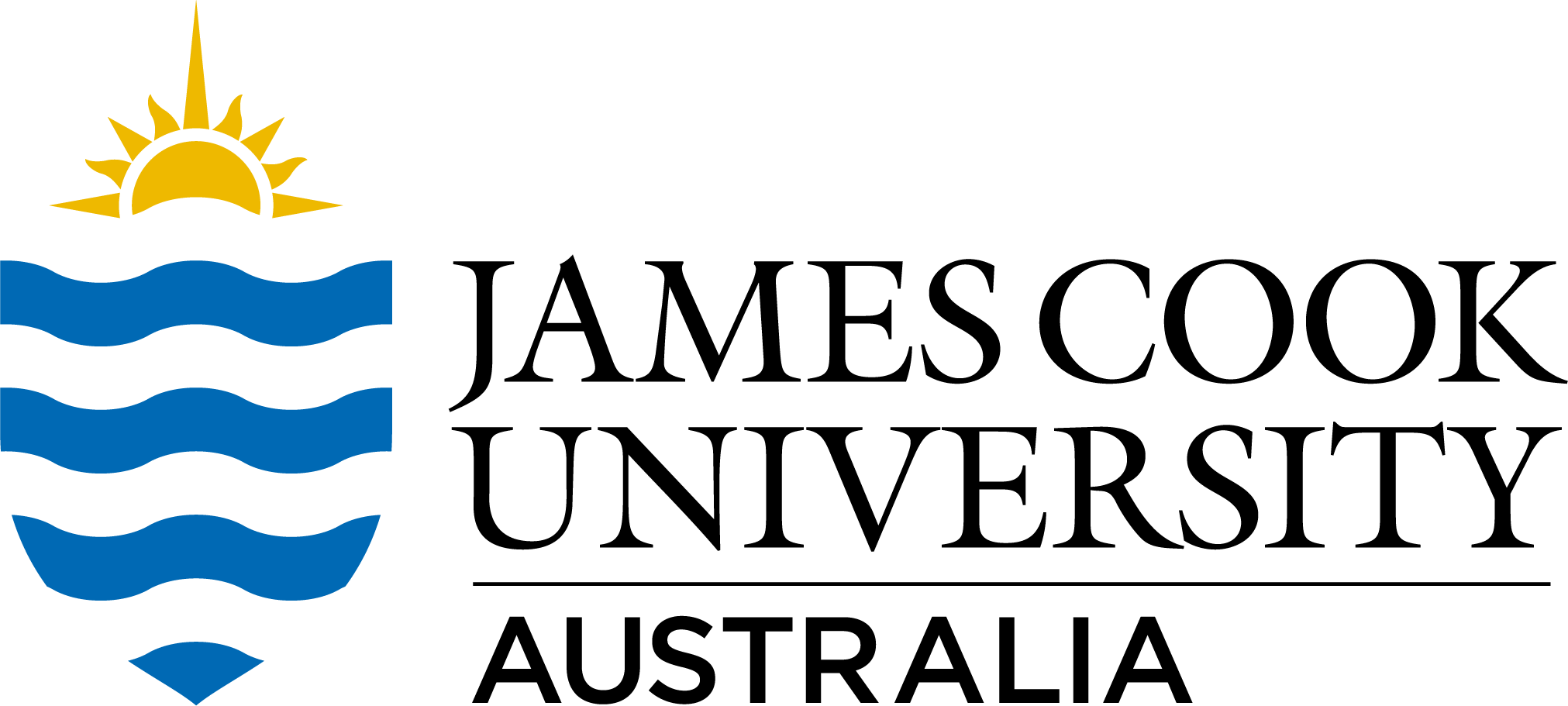Brief description
We present a time series of coastline change for the Irrawaddy delta region of Myanmar using the earliest available navigation chart from 1850, and a set of topographic maps and satellite imagery dating from 1913 to 2006.
Full description
Despite the large sediment load delivered annually to the gulf by the Irrawaddy and Salween Rivers, the coastline has been largely stable for 156 years, advancing at an average rate of no more than 0.34 km per century since 1925. The long-term average rate of increase in land area across the study area between 1925 and 2006 is 4.2 km2/year, but this masks a period of more rapid accumulation between 1925 and 1989 (8.7 km2/year), followed by a period of net erosion at a rate of 13 km2/year until 2006. Less than 9% of the sediment load delivered to the study region by the Irrawaddy, Salween and Sittoung Rivers has contributed to the observed progradation, with the remainder being exported into the Gulf of Martaban to depths below low tide level, or filling any accommodation space created due to subsidence or sea level rise. In contrast to many deltas worldwide, we suggest that the coastline encompassing the Irrawaddy delta and the Salween River is more or less in equilibrium, and that sediment deposition currently balances subsidence and sea level rise. Myanmar has fewer large dams relative to its Asian neighbours, and the Salween is currently undammed. This is forecast to change in the next 5–10 years with extensive damming projects on the mainstem of the Salween under consideration or construction, and the sediment retention will cause losses in sediment supply to the Gulf of Martaban, and retreat of the delta. This could impact the densely populated delta region and Yangon, and further exacerbate the impacts of extreme events such as Cyclone Nargis in 2008.
Notes
Dataset contains 3 maps in pdf format.
Created: 2012-06-26
Data time period: 1925 to 2006
User Contributed Tags
Login to tag this record with meaningful keywords to make it easier to discover
- Local : researchdata.jcu.edu.au//published/bfffaf404117e54020ab3475107bb6c5
- Local : jcu.edu.au/tdh/collection/76d5b723-21b4-4528-bb5b-755aa5eaffb1
- Local : d69ba919f134bbaff089f3c1caa43add


